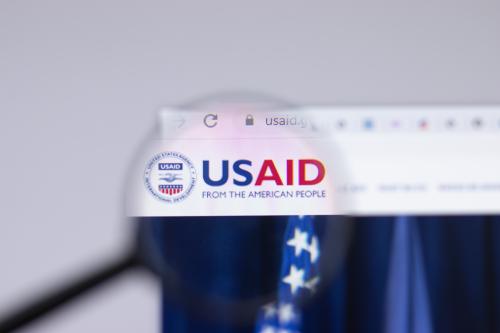The election of Donald Trump seems to have provoked some worry about access to affordable, effective birth control. In the days following the election, there was a massive spike in Google searches for “Planned Parenthood” and “IUD” (intrauterine device). Over 50,000 of the 200,000 new donations to Planned Parenthood have been in Vice President-elect Mike Pence’s name. Clinics in Massachusetts saw a 1,500 percent increase in appointments from women who wanted an IUD.
Just as Americans rush to buy guns when stricter gun control laws are passed, or may be passed, so women seem to be flocking to clinics to obtain various forms of long-acting reversible contraceptives, or LARCs. The reason seems obvious: the Affordable Care Act (ACA) requires insurance companies to offer FDA-approved contraceptives at no cost to the consumer, but the President-elect has made a full repeal of the Act one of his top policy priorities. If repealed, the most effective forms of birth control could cost $500 or more. Short of repeal, the new administration could redefine what counts as a “preventative service,” effectively crossing birth control off the list of what’s covered free-of-charge.
What are LARCs?
LARCs, which include IUDs and implants, are 20 times more effective than the pill, ring, and other commonly used contraceptive methods. This is in large part because they don’t require remembering to take a pill each day or interrupting a romantic moment to retrieve a condom. In its Committee Opinion released last year, the American College of Obstetricians and Gynecologists recommended LARCs as the first line of defense against an unintended pregnancy. LARCs reduce unplanned pregnancies, abortions, and adolescent birth rates; they are highly cost-effective; they are maintenance-free; and they can be removed as soon as a woman decides that she is ready to be a parent. And yet, uptake of LARCs has been quite sluggish in America compared to other countries:
Inadequate access to LARCs stifles opportunity
LARCs are becoming increasingly popular in America—nearly 12 percent of women who use contraception relied on LARCs in 2012, up from around 2 percent in 2002. (These numbers differ from those published by the UN because the prevalence rate depends on the population studied: UN data covers only married or in-union women ages 15 to 49.)
Still, LARC prevalence is distressingly low for a technique that offers a woman a relatively maintenance-free, cost-effective method of controlling her decision to have a child. So, what’s getting in the way? While FDA-approved contraceptives should come with no patient cost-sharing thanks to the ACA, coverage is not universal. A study by the Kaiser Family Foundation found that many insurers place coverage limitations on certain contraceptive services, including IUDs and implants. Only half of obstetricians and gynecologists even offer the hormonal implant due to a lack of provider knowledge and training. Patient knowledge is another barrier. A recent study by the Urban Institute found that most women of reproductive age are misinformed about the safety and effectiveness of LARCs, with knowledge gaps largest among non-white and low-income women, who also experience the highest rates of unplanned pregnancies.
However, these barriers are remedial. What matters most is the upfront cost, which will skyrocket if the ACA is repealed or if contraceptives lose their status as “preventative services.” It’s no wonder so many women are rushing to get IUDs and implants right now—their ability to control their own fertility in the future might be in jeopardy.
The Brookings Institution is committed to quality, independence, and impact.
We are supported by a diverse array of funders. In line with our values and policies, each Brookings publication represents the sole views of its author(s).






Commentary
Low-maintenance birth control: Gaining popularity, but barriers remain
December 7, 2016